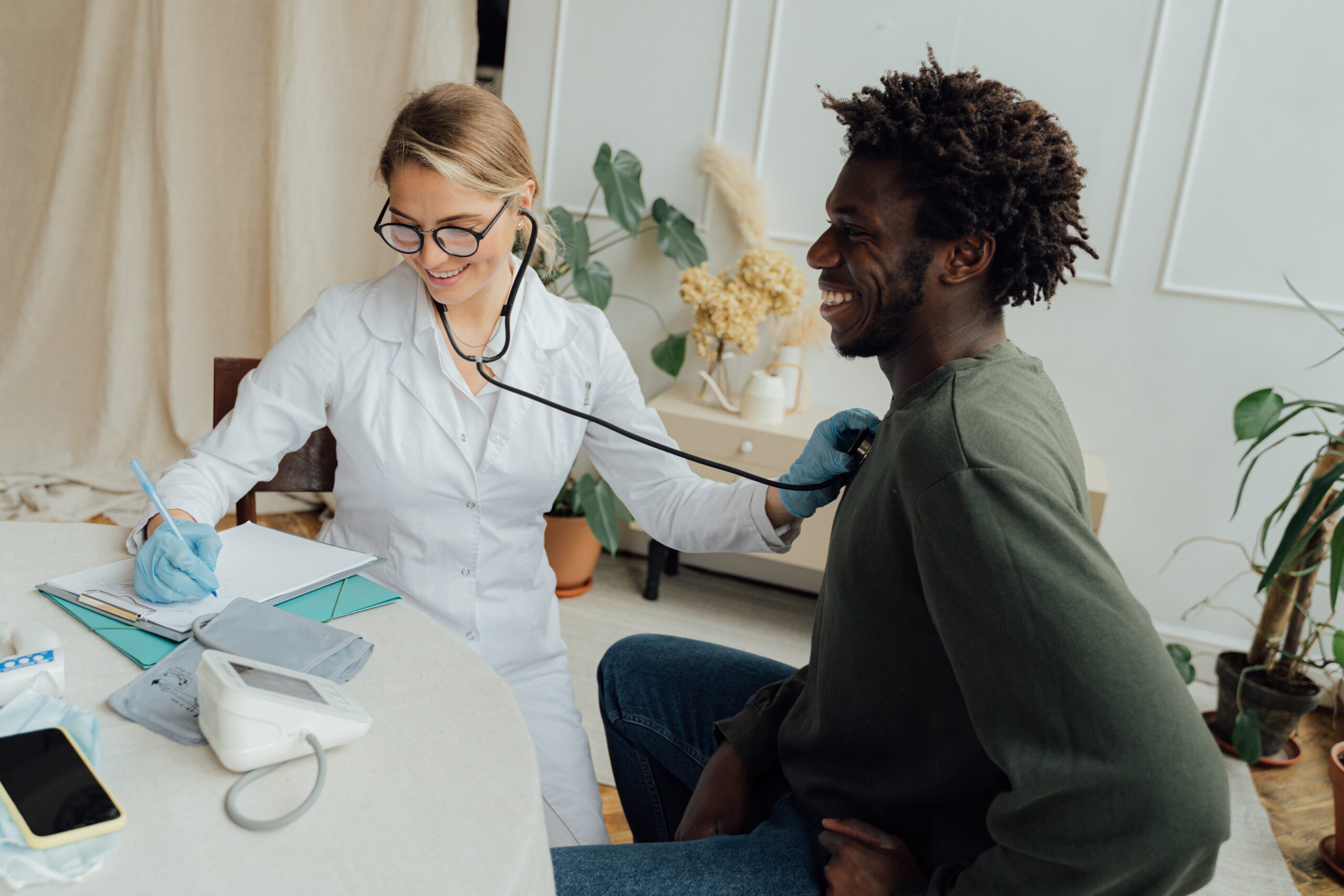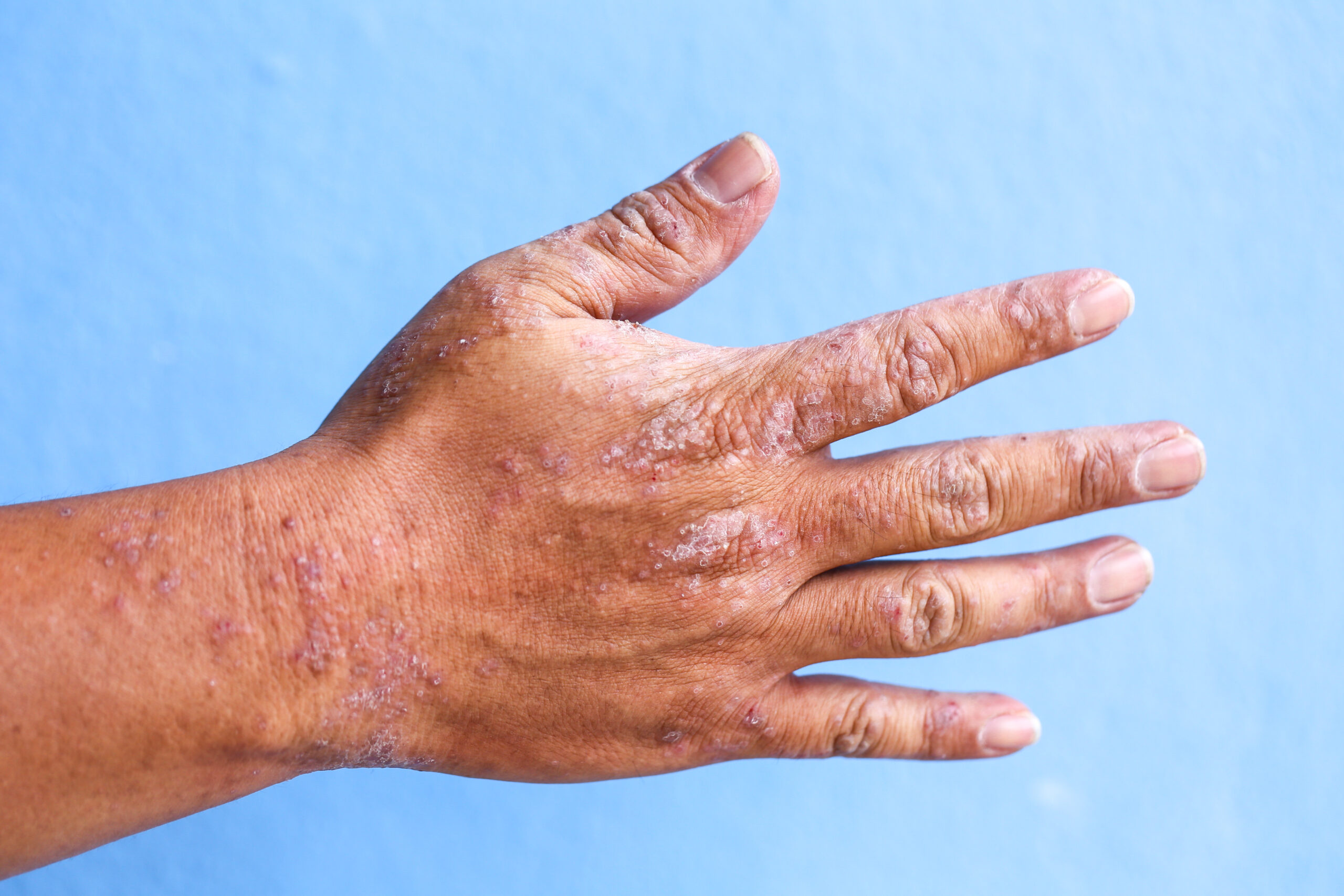Glove Intelligent Assistant
09.26.2023

Previously, the Ask GIA blog has expanded upon various glove standards in the glove manufacturing industry. We’ve detailed about organizations such as the American Society for Testing and Materials International (ASTM), the International Organization for Standardization (ISO), and the American National Standards Institute (ANSI) who have expounded on the quality specifications each material must meet in the glove manufacturing process. These standards are used for compliance standardization across governing bodies as well. Our Ask GIA blog previously published an article on the ASTM, ISO, and ANSI standards that the Food and Drug Administration (FDA) uses for products that fall under its jurisdiction. This is apparent within the FDA guidelines regarding the domestic sale of gloves.
Particularly, medical gloves fall under Class I medical devices and require a 510(k) premarket approval label from the FDA before being sold. Before a medical glove is sold, it must undergo physical and chemical quality testing. The glove will undergo tests that determine thickness, tensile strength, abrasion resistance, puncture resistance, cut level, and chemical permeation. These all test the compositional qualities of the glove material. However, an equal component is testing a glove’s biocompatibility properties.
Biocompatibility in this context determines whether a glove will induce an adverse reaction when it comes into contact with the human body. As this pertains to medical gloves, body is used in the official FDA wording as during normal medical procedure the glove will come into contact with both the user and the one it is being used on. Biocompatibility is extremely important as it is a priority to protect our client’s health and safety first and foremost.
It would be highly unfortunate if consumers get penalized for choosing to use personal protective equipment (PPE) and having adverse reactions to the equipment. Having adverse reactions to PPE would further create additional hazards in the user’s working environment. Thus, the FDA has stringent guidelines, first developing biocompatibility standards in 1986. These standards eventually were updated in 2016 to adopt ISO 10993-1 as the main guidelines for testing the biocompatibility of medical devices.

ISO 10993-1 is composed of seven main principles when it comes to testing biocompatibility of medical devices. The first being that “the selection of material(s) to be used in device manufacture and its biocompatibility evaluation should initially take into account the likelihood of direct or indirect tissue contact and any available information for the materials of manufacture… chemical formulation for each component material, including adhesives, known and suspected impurities, and constituents associated with processing”(ISO 10993-1). Second, “the material(s) of manufacture, the device in its final finished form, and possible leachable chemicals or degradation products should be considered for their relevance to the overall biocompatibility….”(ISO 10993-1).
Third, tests “…should [measure] the nature, degree, frequency, duration, and conditions of exposure of the device materials to the body”(ISO 10993-1). Fourth, “any in vitro [(performed outside of a living organism)] or in vivo [(performed inside a living organism)] biological safety experiments or tests should be conducted…” by competent and qualified staff(ISO 10993-1).
Fifth, all experimental data must be submitted to the reviewing authorities. Sixth, “any change in chemical composition, manufacturing process, physical configuration (e.g., size, geometry, surface properties) or intended use of the device should be evaluated with respect to possible changes in biocompatibility and the need for additional biocompatibility testing”(ISO 10993-1). Seventh, the biocompatibility testing done under ISO 10993-1 guidelines should be considered together with nonclinical tests, clinical studies, and postmarket experiences for further safety assessments. The ISO 10993-1 guidelines are extensive and include test specific properties as well.

ISO 10993-1 has specific testing standards for cytotoxicity, sensitization, hemocompatibility, pyrogenicity, implantation, genotoxicity, carcinogenicity, reproductive, and developmental toxicity. These specific testing standards are typically for devices that use toxic materials in the manufacturing process or devices that remain in long term contact with the human body. Medical gloves do not fall under these categories, except for sensitization, as the usual usage cycle is very short term for disposable gloves.
Our company has strict quality standards for our products and tediously follow ISO 10993 standards. Our gloves are all specifically tested against ISO 10993-10:2021 for skin sensitization in efforts to have low dermatitis potential. Following ISO 10993 seventh’s principle, we also use information collected with third party testing with the Skin Health Alliance (SHA) and postmarket impressions to holistically evaluate our biocompatibility assessments. Our company strives to do good for our customers by looking out for their skin health.